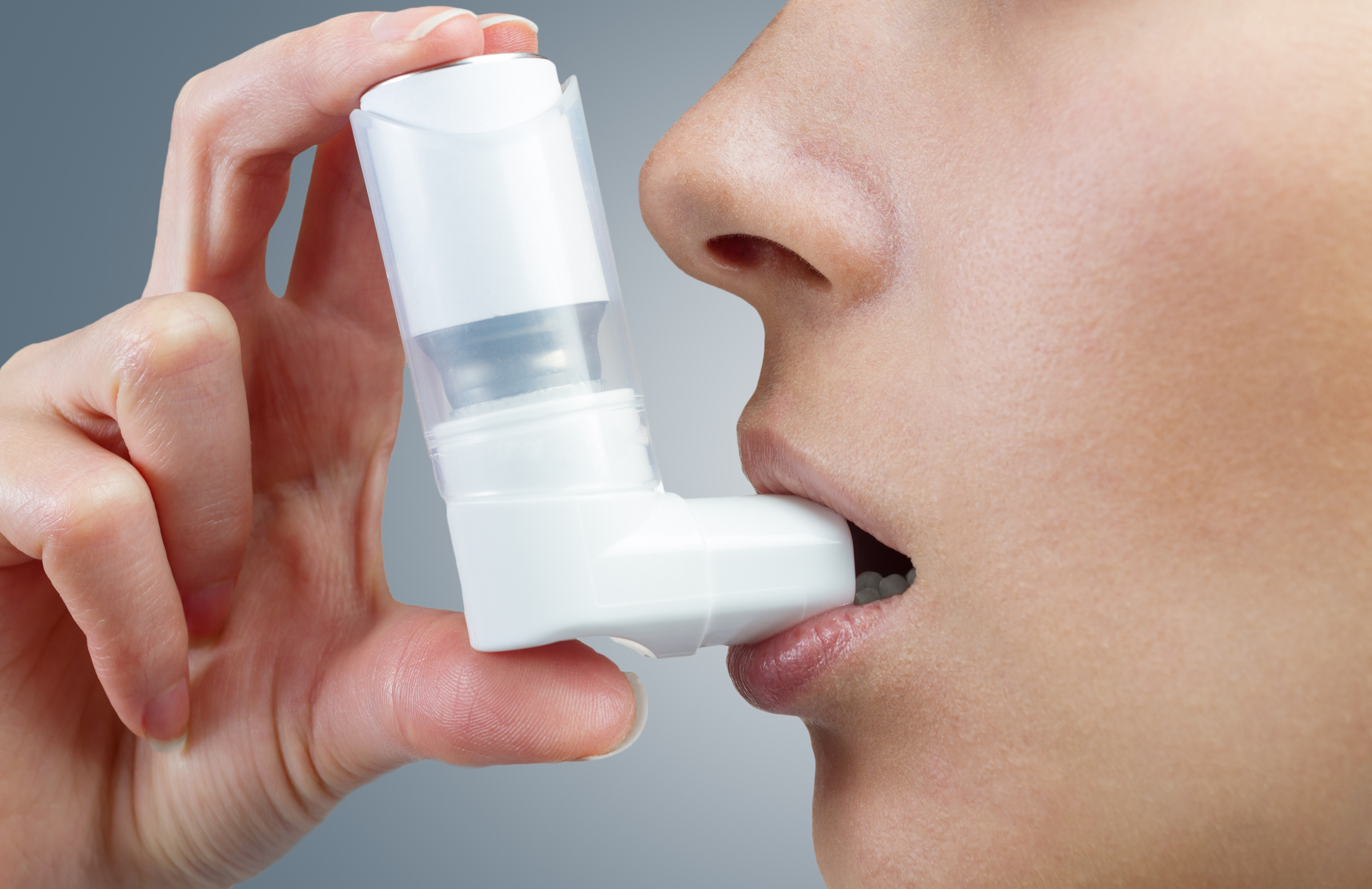
CITY-dwelling children with serious asthma may suffer less if they live close to green parks, research suggests.
Experts found that the further away children lived from green spaces, the more days they suffered from asthmatic symptoms.
Researchers interviewed the parents of 196 children aged three to 12, all of whom had either visited A&E at least twice or been hospitalised for their asthma over the previous year.
They calculated the number of days of asthma symptoms per child and worked out the distance between the child’s home and the closest green space.
The results showed that children had one extra day where they suffered with asthma symptoms for every 305 metres between their home and the park.
Kelli DePriest, a public health nurse who led the study with colleagues at Johns Hopkins University School of Nursing and Medicine and the University of Maryland School of Medicine in Baltimore in the US, said: “The effect looks strongest for children aged six years and older.
“This might be because they have more freedom to choose where they want to go compared to younger children.
“These results are important because they provide further support for the benefits of city parks, and they suggest that the right building policies can improve children’s health.”
She added: “Living in a city environment increases the risk of childhood asthma, and factors associated with city-living – such as air pollution – are also known to contribute to high rates of poorly-controlled asthma.
“However, previous research has suggested that children with asthma can benefit from exercise. The presence of green spaces promotes physical activity and helps to lower pollution.”
Dr Samantha Walker, director of research and policy at Asthma UK, said: “This is an interesting study which suggests that living near green space encourages physical activity, decreases stress and filters environmental and air pollution.
“However, this is only a small study and further research with more participants is needed to see if this holds true in different populations in different parts of the world.
“One in 11 children in the UK have asthma – that’s around three in every classroom – and we know that air pollution has a severe impact on the health and the quality of life of people with asthma.”
The study will be presented at the European Respiratory Society International Congress in Milan on Monday.

Enjoy the convenience of having The Sunday Post delivered as a digital ePaper straight to your smartphone, tablet or computer.
Subscribe for only £5.49 a month and enjoy all the benefits of the printed paper as a digital replica.
Subscribe